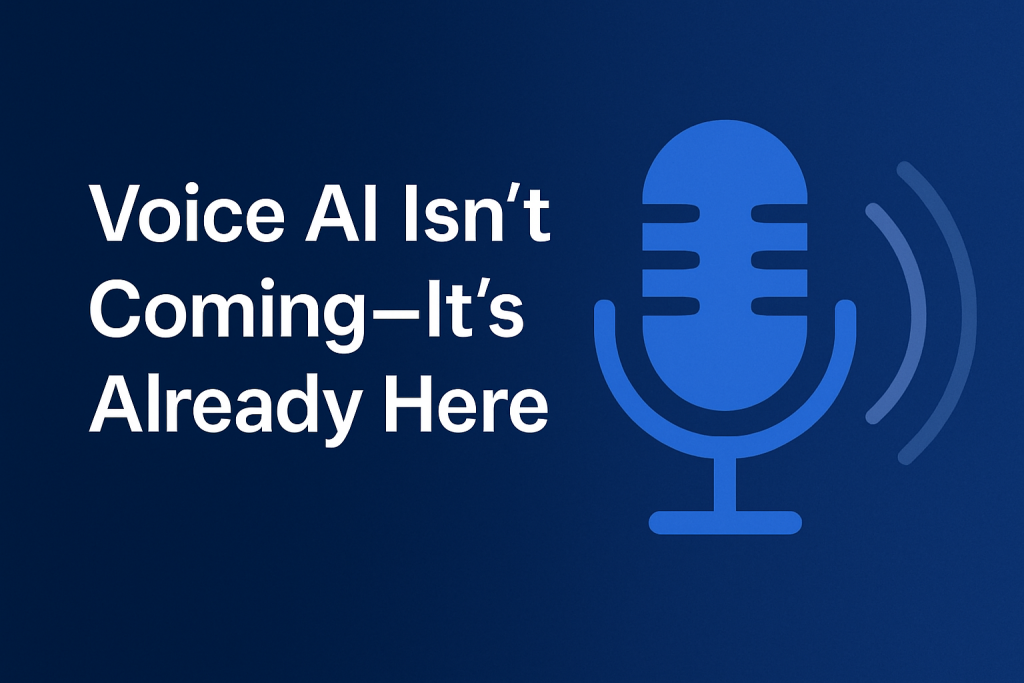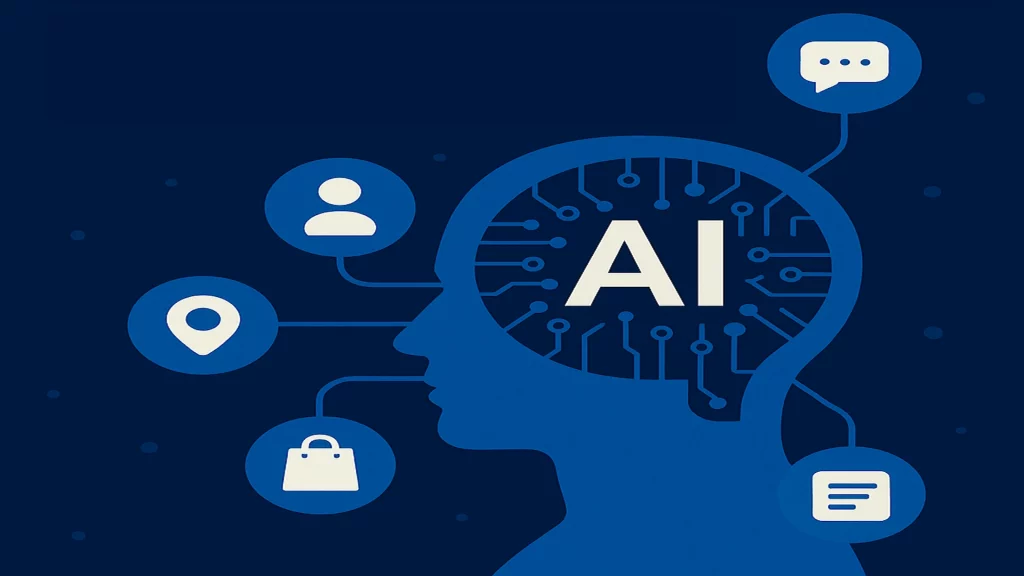“This isn’t about being perfect. It’s about making smarter choices, one commit at a time.”
What if your code could help save the planet?
In today’s hyper-connected world, it’s not just airplanes and factories adding to our carbon footprint—your software is, too. Every line of code, every API call, and every idle cloud server quietly eats up energy. And as digital services scale globally, their environmental impact is scaling with them.
Welcome to the era of green code, where software developers and tech leaders aren’t just shipping features fast, but also thinking about energy efficiency, sustainability, and climate impact.
In this blog, we’ll dive into why sustainable software engineering is becoming a must-have skill for developers, how it’s changing the way we build digital products, and what practical steps you can take to code more responsibly.
Why Sustainable Software Matters
In a world where digital transformation is redefining every industry, the environmental impact of software can no longer be brushed aside. Every click, stream, and cloud sync adds to the growing energy demand of data centers, networks, and devices. And by 2025, the tech sector’s carbon footprint is projected to account for up to 3.9% of global greenhouse gas emissions—more than some entire countries.
This isn’t just about emissions from servers humming in the background. Poorly written or bloated code wastes computational resources. Always-on apps, AI workloads, and inefficient cloud usage all contribute to an unsustainable digital ecosystem.
But the stakes go beyond carbon output.
Today’s consumers—and investors—expect more from the brands they support. They want responsible innovation. That means software that’s not just fast and functional, but also resource-conscious and climate-aware. Enter Sustainable Software Engineering, or green coding—a discipline focused on minimizing the environmental footprint of code across its entire lifecycle.
For businesses, it’s not just the right thing to do. It’s a strategic advantage. Green software helps reduce infrastructure costs, improves system efficiency, and aligns brands with the growing global demand for sustainability.
The Green Code Playbook: Core Principles of Sustainable Software Engineering
Sustainable software engineering isn’t just about writing cleaner code—it’s about thinking green at every stage of the software lifecycle. From the first line of code to deployment and long-term maintenance, it’s a mindset shift toward efficiency, responsibility, and impact.
Here’s your cheat sheet to the key principles powering green software:
-
Energy Efficiency
Write code that works smarter, not harder. Optimize your algorithms, data flows, and system architecture to minimize the power draw. Every millisecond saved means less electricity burned.
-
Resource Optimization
Don’t overfeed the beast. Use computing, storage, and network resources only when and where they’re truly needed. Avoid overprovisioning and cut down on digital waste.
-
Lifecycle Thinking
Look beyond the launch. Think about the entire software lifecycle of your software, including updates to decommissioning. Can your app stay lean and green over time? If not, it’s time to rethink.
-
Green Infrastructure
Choose your backend wisely. Run your software on servers powered by renewables and hosted in data centers designed for energy efficiency. Your hosting provider can make or break your sustainability goals.
-
Automation & Smart Scaling
Automate with intention. Design systems that scale up only when needed and shut down when idle. Smart auto-scaling is a sustainability superpower—less idle time, less energy wasted.
7 Key Practices for Writing Green Code That Makes a Difference
Writing sustainable software isn’t just about good intentions—it’s about smart, practical choices that reduce energy use without sacrificing performance. Here’s how top dev teams in 2025 are doing it:
1. Code Like Every Byte Counts
Efficient code is the foundation of sustainable software. Developers today are embracing:
- Lightweight Frameworks that don’t come with bloated baggage: Choosing frameworks and libraries that do not introduce unnecessary overhead.
- Energy-smart algorithms that minimize CPU cycles and memory use: Selecting or designing algorithms that minimize computational cycles and memory usage.
- Regular code reviews to catch inefficiencies before they ship: Identifying and eliminating inefficiencies early through peer reviews and automated analysis.
- Zero-waste coding, where dead code is eliminated and performance budgets are set so that every line serves a purpose.
Did you know? Interpreted languages like Python can use up to 48x more energy than compiled ones. Language choice is now a sustainability decision.
2. Build with Green Architecture in Mind
How you structure your app determines how much energy it needs to run. Smart architecture = lean, clean performance.
- Serverless computing: automatically scales resources to match demand, so nothing sits idle.
- Microservices: enable granular resource allocation, ensuring only the required parts are active.
- Edge computing: processes data closer to users, reducing the need for long-distance data transmission and lowering latency and energy use.
Real-world example: PWAs (Progressive Web Apps) + CDNs = lightning-fast delivery with less server load and lower energy use by optimizing delivery routes and caching.
3. Make the Cloud Work for the Planet
Cloud computing is not inherently green, but it offers powerful tools for sustainability:
- Deploy workloads to cloud regions that use renewable energy sources. AWS, GCP, and Azure offer this.
- Use auto-scaling and right-sizing to avoid excess compute. Match compute resources to actual demand, avoiding overprovisioning and wasted energy.
- Compress data, eliminate redundant storage, and manage network utilization to reduce emissions.
Fun fact: Google and Microsoft’s green data centers use AI to manage cooling and solar-powered operations, leading the charge in sustainable cloud.
4. Green Your DevOps Workflow
Sustainability must be integrated into DevOps and the entire software lifecycle:
- Eco-friendly CI/CD pipelines reduce unnecessary builds and waste. Optimize continuous integration and deployment to avoid redundant builds and reduce resource use.
- Energy monitoring tools reveal hidden inefficiencies. Use tools to track energy consumption at every stage and identify improvement opportunities.
- Reusable components prevent duplicated effort and resource usage. Share and reuse models, libraries, and code to minimize duplication and accelerate development.
Pro tip: Automating your pipelines doesn’t just save time—it reduces your carbon footprint by minimizing system load and human effort.
5. Design with Energy in Mind (Yes, UX Can Be Green!)
UX designers play a surprisingly significant role in sustainability. A clean interface is a green interface.
- Dark mode: Reduces power consumption on OLED screens.
- Intuitive Navigation: Minimizes the number of steps and processing required for users to complete tasks, saving computational resources.
- Efficient Interfaces: Compress images, use efficient file formats, and limit resource-heavy animations; this will result in faster load times and reduced bandwidth usage.
Example: A simplified checkout flow can cut down thousands of server calls across millions of users.
6. Shrink Your Data Footprint
Data storage and transmission are major contributors to software’s environmental impact. The more you store, move, and process, the more you emit:
- Store only what’s essential—implement data retention policies to purge obsolete data.
- Use compression and efficient protocols to reduce the energy cost of moving data.
- Train AI responsibly, repurpose existing models, use model compression, and balance accuracy with energy consumption for machine learning workloads.
Pro tip: Go for “good enough” accuracy in AI where possible. Cutting model size can drastically lower energy consumption.
7. Don’t Ignore the Infrastructure
Beyond code, the hardware and network infrastructure underpinning software must be considered:
- Buy Green: Choose energy-efficient machines and network components, and plan for responsible end-of-life management.
- Lifecycle Management: Extend the useful life of hardware and reduce e-waste by supporting older devices and planning for upgrades.
- Track full-stack impact: Measure not just server energy but also the impact of personal devices and hidden infrastructure.
Big picture: Sustainable software isn’t just what runs in the cloud—it’s what runs in the real world. Every watt saved counts.
Challenges and Measurement
Measuring the carbon footprint of software is complex-it’s often an indirect calculation based on the power consumed by hardware running the code. However, new tools and frameworks are emerging to benchmark and optimize energy use, such as TPC-Energy and MLPerf for application and AI workloads.
Organizations must also balance performance, cost, and sustainability. Sometimes, the most energy-efficient solution may require trade-offs in speed or convenience. The key is to make informed decisions and continually iterate toward greener outcomes.
The Business Case for Green Software
Sustainable software is not just an ethical imperative-it’s a business advantage:
- Cost Savings: Efficient software reduces infrastructure and energy costs.
- Brand Value: Consumers are increasingly loyal to brands that demonstrate environmental responsibility.
- Regulatory Compliance: As governments introduce stricter emissions targets, green software practices help companies stay ahead of regulations.
- Talent Attraction: Developers, especially from younger generations, want to work for organizations that prioritize sustainability.
The Road Ahead: Innovations and Trends
The future of sustainable software engineering is bright, with innovations on the horizon:
- AI for Sustainability: Machine learning models are being used to optimize everything from data center cooling to code efficiency.
- Lifecycle Assessment Tools: More sophisticated tools will enable real-time measurement and optimization of software’s environmental impact.
- Industry Collaboration: Open-source frameworks and industry alliances are emerging to set standards and share best practices for green software.
Final Thoughts: Code That Cares
Sustainable software engineering isn’t just a trend—it’s a responsibility. As the digital world expands, so does its impact on the planet. But the good news? Developers and tech leaders have the real power to change that.
By writing leaner code, building on green infrastructure, optimizing the cloud, and designing energy-smart user experiences, we can shrink the carbon footprint of our digital lives without sacrificing innovation.
This isn’t about being perfect. It’s about making smarter choices, one commit at a time.
Because when code runs cleaner, the future gets brighter.




